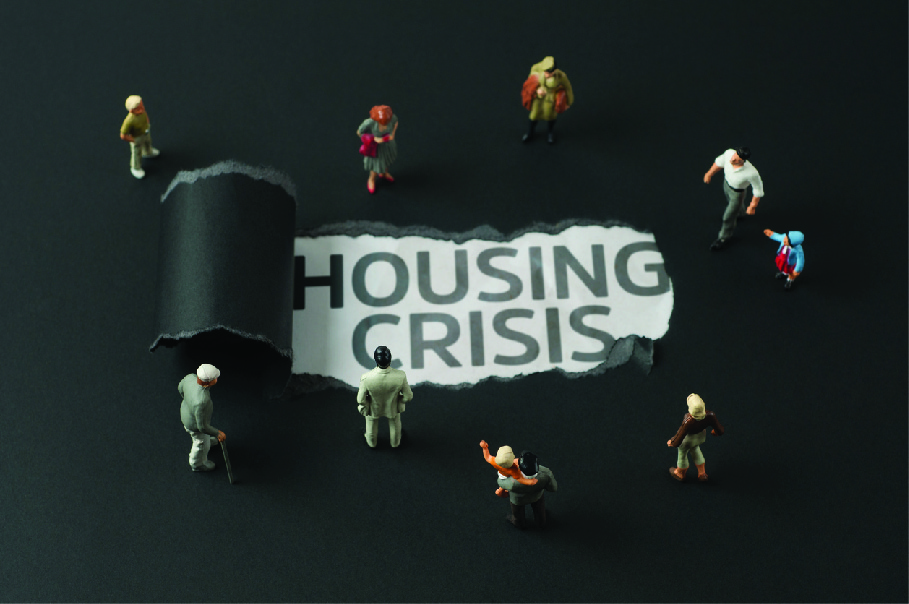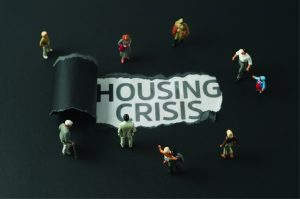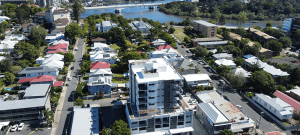Australia is experiencing a period of very low rental vacancy rates and rising rent levels, which has led to what is widely recognised as a housing crisis. Much of the discussion about this is positioning property investors and landlords as the culprit. A long-term lack of support from both sides of the government funding affordable housing is the actual cause.
The fact is that most property investors are actually just everyday Aussies. There are more than 2.3 million Aussies who are Individual Property Investors in Australia. For decades Australia has relied on ‘mum and dad investors’ for the provision of housing in this country. And as we look into the future we know that is going to need to grow to meet the needs of a growing population and to recover from the housing crisis.
With Property Investors making up less than 10% of the population and supplying more than a quarter of Australia’s current housing market, it’s a wonder that we aren’t treated like the local heroes that we are.
Many commentators like to depict property investors as the greedy landlords, but when most investors have an income of less than S100,000; they really are just average Aussies. The government hasn’t made it easy either. With investors forking out billions each year in land tax, council rates, stamp duty and the list goes on.
The housing crisis is increasingly seeing low-income households miss out on rental properties due to a lack of supply and cost of living pressure. The solution requires the state and federal government to urgently supply low-cost housing options, to give increased tax incentives for investors so they can supply more housing and to increase grants for first-home buyers to get more people into their own home.
What the experts had to say about the Housing Crisis
I recently attended a Property Investment Industry breakfast hosted by PIPA with an expert panel of industry processionals and leaders, raising their voices around the current rental crisis and digging deep into why tis has been caused.
The general condenses being, Supply V Demand is out of balance.
Demand has rises from many indicators Interstate and International Migration, Return of the expats and international students. Let’s not forget the shortage of skilled labour and the big government push, to bring skilled labour to the country.
Demand has dwindled, with rising interstates, bank serviceability and the roughly 3% buffer introduced from APRA. The last of building approvals and starts.
Mum and Dad Aussies supply some 94% of rental accommodation in the country, yes we are being hit the most. The only way forward is to allow Mums and Dads to borrow money again and provide the shelter required.
If investor want to borrow money, let them take that risk, don’t allow fiscal policy to determine this. No one is forcing them to ask for the loan or borrow the money. They want this, they are requesting this.
A great morning with very well educated professionals voicing our opinions and concerns. The solution isn’t what the media wants to hear. This doesn’t print news paper. It’s the “Investors are greedy, inflating rental prices” which is what gains the clicks.
Here is a little summary of some of the main points that came out of the expert panel’s analysis of the South East Queensland Rental Crisis.
What factors have contributed to the housing crisis in South-East Queensland
1. Supply and Demand
Tim Lawless pointed to a slow down in supply and a slowing down of investment in the housing sector caused by a number disincentives for investors. In addition to this, he added, due to the perception of risk brought about by Covid, we saw a number of investors offload properties to de-risk which removed a substantial amount of rental properties from the market. He also raised the slow down of building activity as a factor on the supply side as well as the tightening of lending. From a demand perspective Lawless pointed to the large volume of interstate migration to the South East corner being a significant factor impacting the availability of properties and added that now that we are seeing strong international migration to the region and record international students that this pressure is increasing. The core logic data also revealed that there has been a demographic shift in rental households to smaller household groups, which led to increased demand on the number of rental properties needed in SEQ.
2. The impact of legaslative interventions on property investment
Antonia Mercorella from REIQ said that when it comes to the housing crisis in our region, we can’t underestimate the extent to which legislative issues impact the investor psyche. “As with any asset class, whether it be investing in houses or units for the rental market, investors need to have confidence and stability.” She went on to explain the impact of the sudden changes to legislation during COVID on the confidence of investors.
Referring to the changes in eviction laws and price caps on rental increases, Mecorella said “the fact that government could come in over the top of an existing tenancy agreement, that frightened a lot of investors.” She explained that based on the false premise that tenants have no rights led to two drastic rental reforms. “We don’t see this in any other asset class” she added.
This is why so many investors are moving their property to short term rental, where by comparison there is almost no restrictions or legislation. “It is less appealing than it ever has been to invest”.
We, like Antonia, are cynics when it comes to knee jerk legislative interventions.
In Queensland, what we are seeing is unprecedented. A healthy vacancy rate, according to REIQ is 3% and we are sitting well under 1%. We have never seen such love vacancy rates across so much of the state at once. Legislation and regulatory frameworks need to work in ALL markets NOT a knee jerk reaction to specific conditions.
Private investors do the heavy lifting when it comes to providing housing. “Where was the media when rents were going backwards and investors were losing money month on month” she asked.
The solution to the South-East Queensland Housing Crisis
1. Increase confidence and stability
Pete XX echoed the impact of legislative interventions on the number of Australians purchasing or holding investment properties.











